The diagrams in the Mechanical Reasoning test make use of ‘pivots’. A pivot is a pin or axle, around which a lever or wheel can turn.
A ‘fixed’ pivot is a pin or axle which a wheel, gear or lever can turn around. However, the fixed pivot itself does not move. A fixed pivot is indicated by a black shaded circle, as in the examples below:
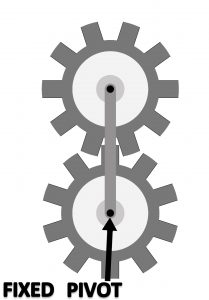 |
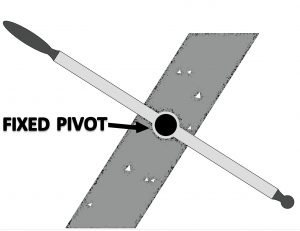 |
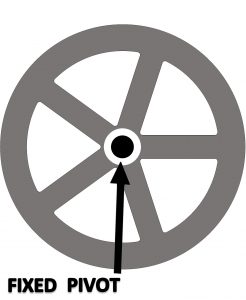 |
A ‘non-fixed’ pivot is a pin or axle which a wheel, gear or lever can turn around, but the non-fixed pivot itself can move. A non-fixed pivot is indicated by a white unshaded circle, as in the examples below:
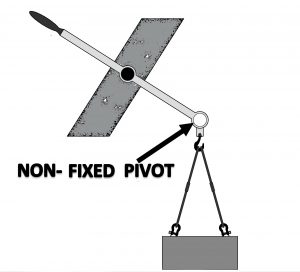 |
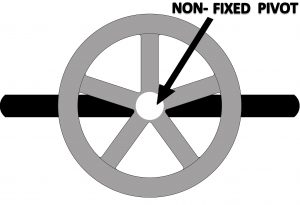 |
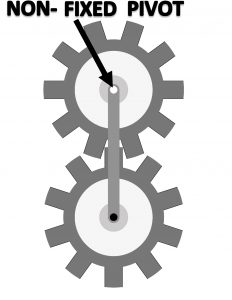 |
Below is a selection of Mechanical Reasoning sample questions, along with solutions and explanations.
Sample Question 1
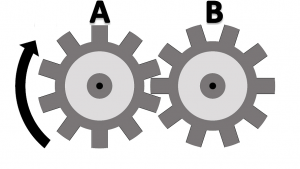
When gear A turns clockwise, as indicated by the arrow, gear B will:
turn anticlockwise.
turn clockwise.
not move.
turn back and forth.
Gear B will rotate anticlockwise. When Gear A rotates clockwise, the tabs on its right it will push the tabs on the left-hand-side of gear B down, resulting in gear B rotating anticlockwise.
Sample Question 2
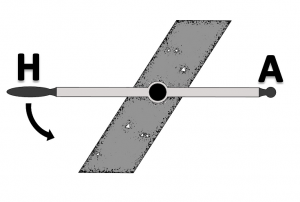
When the handle (H) is pulled down to the right, point A will:
move down, to the left.
move down, to the right.
move up, to the left.
move up, to the right.
Point A will move up and to the left. As the handle (H) is pulled down, the fixed pivot point will act as a ‘seesaw’. As the handle (H) lowers, point A will rise. The rotational effect will mean that it moves to the left too.
Mechanical Reasoning Information Mechanical Reasoning Test Taking Tips Mechanical Reasoning Practice Test
